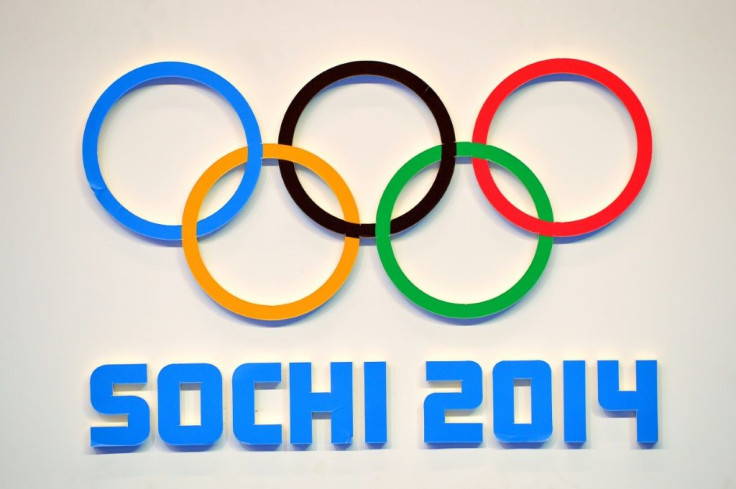Spies, Drug Cocktails And Computer Fraud - The Making Of A Doping Scandal
The Russian doping scandal boasted all the seedy ingredients of a spy novel with whistleblowers, drug cocktails and under-cover chicanery.
-- In the early days of the Russian state-sponsored doping scandal, with German broadcaster channel ARD at the fore of the investigation, key information came from Russian middle-distance runner Yuliya Stepanova and her husband Vitaly, the ex-controller of RUSADA, the country's anti-doping agency.
But the scandal ramped up in 2016 when the scientist Grigory Rodchenkov, forced to resign from the Moscow anti-doping laboratory which he had headed since 2006, took refuge in the United States and piled on the damaging revelations.
A colourful character, Rodchenkov confessed to having perfected the doping of Russian athletes.
Assessing his "credibility" was one of the challenges of the investigation entrusted in 2016 by WADA to Canadian lawyer Richard McLaren, especially as Rodchenkov had a troubled and controversial past -- in 2011, he was arrested for trafficking in Russia, placed in a psychiatric hospital where he tried to commit suicide, before resuming his duties in exchange for his cooperation with the doping system.
-- Rodchenkov was the brains behind the "Duchess cocktail" of steroids - oxandrolone, methenolone, and trenbolone.
Athletes would use the mixture to allow the ingestion of drugs orally rather than through injection.
That way it optimised the effectiveness of the drugs while limiting the risks of detection.
Male athletes had to dilute the three substances in a Chivas Regal whiskey, gargle and spit it out.
For females, a better result was to have it mixed in a bitter-flavoured vermouth.

-- The state-doping machine was cranked up to the maximum on home ground when the Winter Olympics were staged at the Black Sea resort of Sochi in 2014.
To deceive dope testers, Rodchenkov described the role played by the feared FSB, the Russian secret service.
During the Games, an FSB agent, disguised as a plumber, used a "mouse hole" in the walls of the lab to switch drug-tainted samples for clean specimens.
This subterfuge continued day and night.
The trickiest task was to unseal the caps of the bottles, supposed to be tamper-proof, and close them again without leaving a trace.
For this there was a miracle tool, developed with the support of the FSB in February 2013.
"No bigger than a Mont Blanc pen and looking like a dentist's instrument, with a handle and a thin metal part that can be bent at multiple angles," said the McLaren report.
It was to take six months of trials for criminologists from the University of Lausanne, led by Professor Christophe Champod, to reproduce the same tool in the laboratory and demonstrate how it was used in Sochi.
-- The last episode which pushed WADA to the triggering the procedure decided on Thursday by CAS, dates back to 2018 when computer files from the Moscow laboratory for period 2011-2015 were submitted.
RUSADA was supposed to have demonstrated that it had turned the page on the Rodchenkov era.
However, WADA quickly discovered a series of manipulations of the doping data, some of which had been carried out while they were in the laboratory.
Not only did the Russians remove multiple traces of positive doping controls, they also introduced false information aimed at discrediting Rodchenkov and two of his former deputies.
© Copyright AFP 2024. All rights reserved.





















